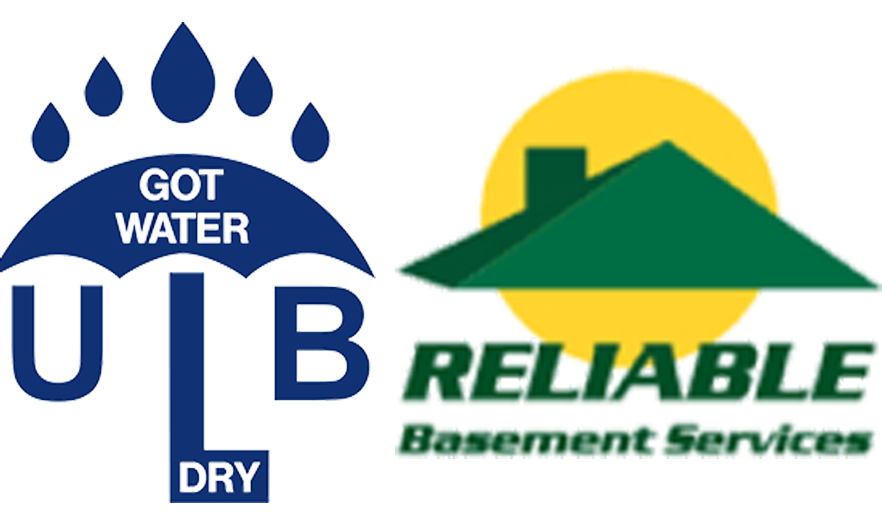As the seasons change from winter to spring a majority of homeowners are too busy seeking long awaited relief from the effects of cabin fever to worry about seemingly trivial issues that can lead to basement seepage and its negative side effects. Since concrete is comprised of large amounts of water along with aggregate and mortar mix as it cures it shrinks. In that sense concrete by its very nature is almost guaranteed to crack at some point. Thus over half of foundation breaks are, what is referred to as, shrinkage cracks. The rest are stress fractures caused by changes in soil conditions around the structure. Exposure to excessive moisture and changes in soil conditions, due to the rotating climatic cycles, are the main culprits as to why some cracks open up and leak. Even minor amounts of seepage through foundation cracks if left untreated can lead to bigger and potentially devastating damage.
Most modern finished basements have walls constructed with either gypsum board or paneling, an ideal breeding ground for mold. In order to keep these areas warm insulation is installed behind the finished wall. While the insulation itself generally does not mold easily it will hold moisture transferring it to the back side of the inner wall. In order to reduce the threat of mold growth and its negative health effects newer building materials are more often than not mold resistant. However the key phrase is mold resistant not mold proof. The presence of a carpeted floor with padding only creates more surface area for potential mold and bacteria growth.
Consider the fact that the average amount of runoff from a 1000 sf roof during a 1″ rain fall is approx. 625 gallons.
Where does all that water go? Is it being directed next to your foundation?
Once there where does that water go?
So the question is ” What can I as an average homeowner do to prevent basement seepage ?”
With that in mind take a look around your home to see where the downspouts from the roof are located. A lot of home owners make the mistake of allowing the downspouts to discharge to close to the foundation with just a 90 degree elbow at the bottom. In some cases a splash block is used at the base of the downspout line to prevent erosion. In order to help carry the water far enough away from the foundation a properly pitched downspout extension of at least 4 ft or more is required. If there is a landscaped area with a cut out edge the down extension must be beyond that edge. Along with the proper extension it is important to make sure grading around your home is pitched away from the foundation
The concrete wall around a window is a stress point in foundation and thus it is not un-common for cracks to form off the corners. So if your home has window wells you will want to open the cover to inspect for a window well drain. Most homeowners are under the misconception that water only enters the well from over the top of the well. However in most cases subsoil water flows through the vertical seam where the well abuts foundation. As it flows through the water brings loose soil and other surface material with it.
Double check the drain cover, make sure it is clear of dirt and other debris which may prohibit it from functioning correctly. A window well full of water will put excess water pressure on foundation cracks in the area.
Take a quick look at the landscaping around the house, double check to make sure there is not excessive build up of mulch or dirt next to the foundation. If it has been built up to a point that the horizontal joint between the foundation and the upper structure is covered you may have inadvertently created new issued called a spillover. Some signs of a spillover problem will be water stains running down the inside face of the foundation from just below the upper sill plate Even if there are no immediate signs of interior issues if the horizontal seam between the upper and lower portions of the structure is left buried it will over time create a wicking process there by drawing the moisture in the soil up into the brick itself. Creating an ideal environment for mold growth on the exterior facade.
If you take these precautions and do what you can to direct excess water build away from your homes foundation along with repairing any existing foundation wall cracks you will be one step closer avoiding basement seepage.
Written by Walter Slowinski





